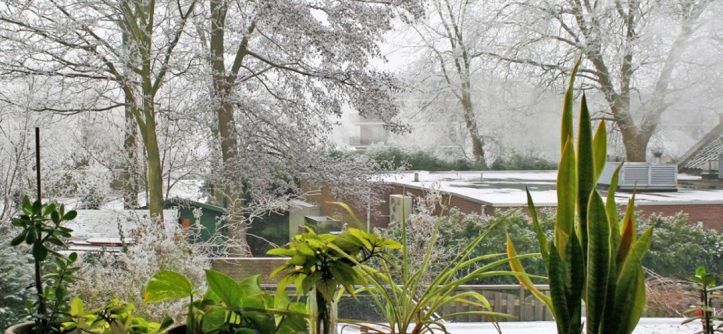Ah, the winter garden—a serene oasis blanketed in frosty beauty. While many plants may be hibernating during the chilly months, there’s still plenty you can do to care for your garden and keep it thriving until spring comes knocking again. Let’s dive into some tips for nurturing your winter wonderland.
1. Prepare Your Plants
Before the cold weather sets in, take some time to prepare your plants for the winter chill. Trim back any dead or damaged foliage, and remove any weeds that may be lurking in your garden beds. Mulch around the base of your plants to help insulate the soil and protect their roots from freezing temperatures.
2. Choose Cold-Hardy Plants
When planning your winter garden, opt for plants that can withstand the cold. Hardy perennials like hellebores, ornamental grasses, and winter-blooming shrubs are great choices for adding color and interest to your garden during the winter months. Consider planting evergreens for year-round structure and texture.
3. Provide Shelter
Give your plants a little extra protection from the elements by providing shelter from harsh winds and heavy snowfall. Erecting a windbreak or installing a cold frame can help shield delicate plants from winter storms and prevent frost damage. You can also cover tender plants with frost cloth or burlap to insulate them from freezing temperatures.
4. Monitor Moisture Levels
While it may be tempting to water your garden less frequently during the winter, it’s essential to keep an eye on moisture levels and water your plants as needed. Winter winds and dry air can cause soil to dry out quickly, so be sure to check the soil regularly and water deeply when necessary, especially on warmer days.
5. Protect Your Pots
If you have potted plants in your garden, be sure to protect them from freezing temperatures by bringing them indoors or moving them to a sheltered location, such as a covered porch or garage. You can also insulate the pots by wrapping them in bubble wrap or moving them closer together to create a microclimate.
FAQs (Frequently Asked Questions)
1. Can I plant vegetables in my winter garden?
Yes, you can plant a variety of cold-hardy vegetables in your winter garden, such as kale, Brussels sprouts, carrots, and winter squash. Just be sure to choose varieties that are suited to your climate and provide them with adequate protection from frost and cold temperatures.
2. How often should I water my winter garden?
The frequency of watering your winter garden will depend on factors such as temperature, rainfall, and soil type. Generally, you’ll want to water less frequently than in the warmer months, but be sure to monitor moisture levels and water as needed to prevent plants from drying out.
3. Should I fertilize my winter garden?
It’s generally best to avoid fertilizing your winter garden, as plants are in a dormant state and don’t require as many nutrients during the colder months. However, you can add compost or organic matter to the soil in the fall to help enrich it and provide nutrients for spring growth.
4. How can I protect my garden from frost?
To protect your garden from frost, you can cover tender plants with frost cloth, burlap, or old bedsheets to insulate them from freezing temperatures. You can also use mulch to help retain soil moisture and regulate temperature fluctuations.
5. What should I do if my plants get frost damage?
If your plants suffer frost damage, don’t panic! In many cases, they will recover on their own once the weather warms up. Simply remove any damaged foliage or stems, and continue to care for the plants as usual. If severe damage occurs, you may need to prune back the affected areas or provide extra protection until they can bounce back.
Tags: cold weather, evergreens, frost-resistant, garden, Gardening, horticulture, Landscaping, outdoor, Plants, seasonal, snow, winter, winter bloomers





Leave a Reply